Search
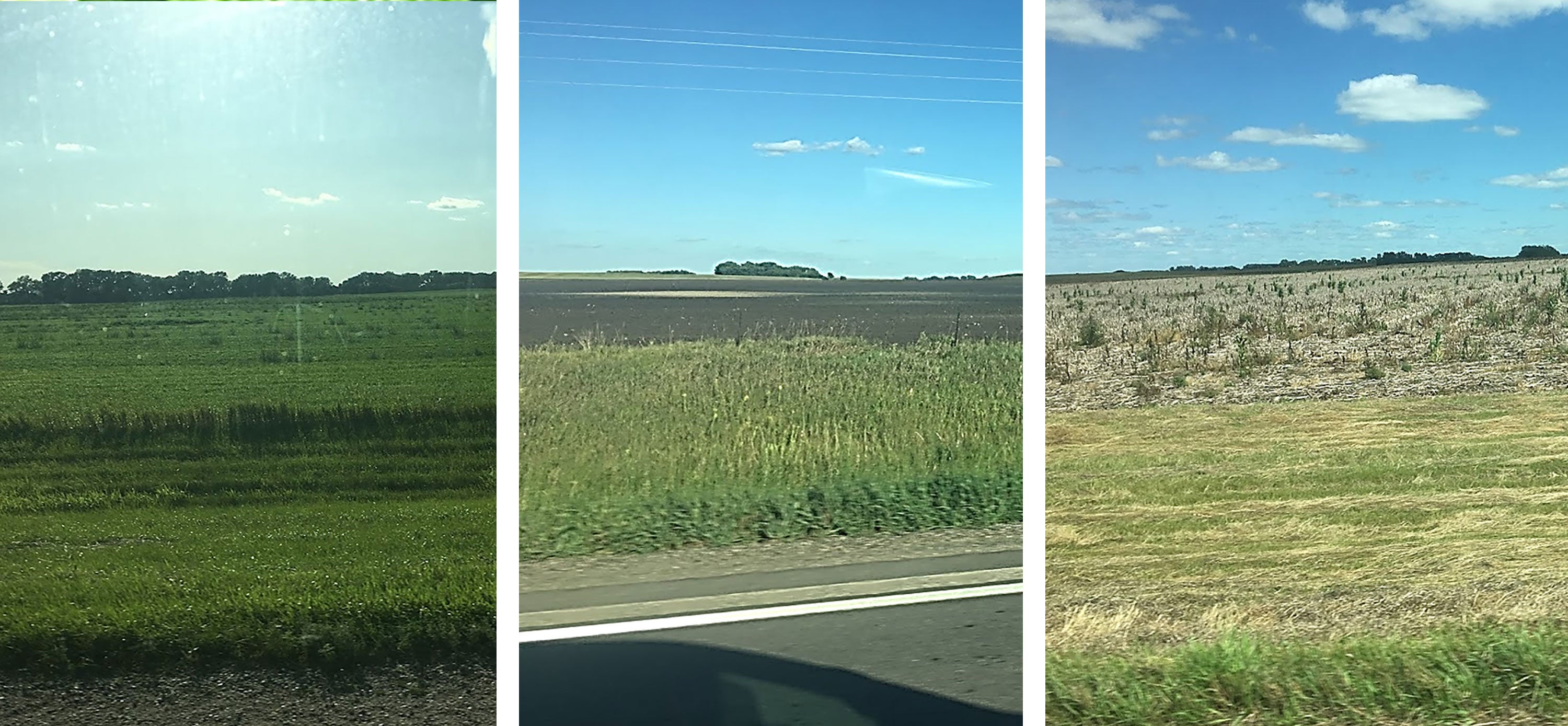
Prevent Plant: Its Effect on Fall and Spring Fertilizing Plans
Driving around South Dakota, you can see the many acres that farmers were not able to plant. Now that fall soil-sampling season is well on its way, many people have questions regarding how different situations of prevented planting will affect soil sampling and fertilizer application needs.
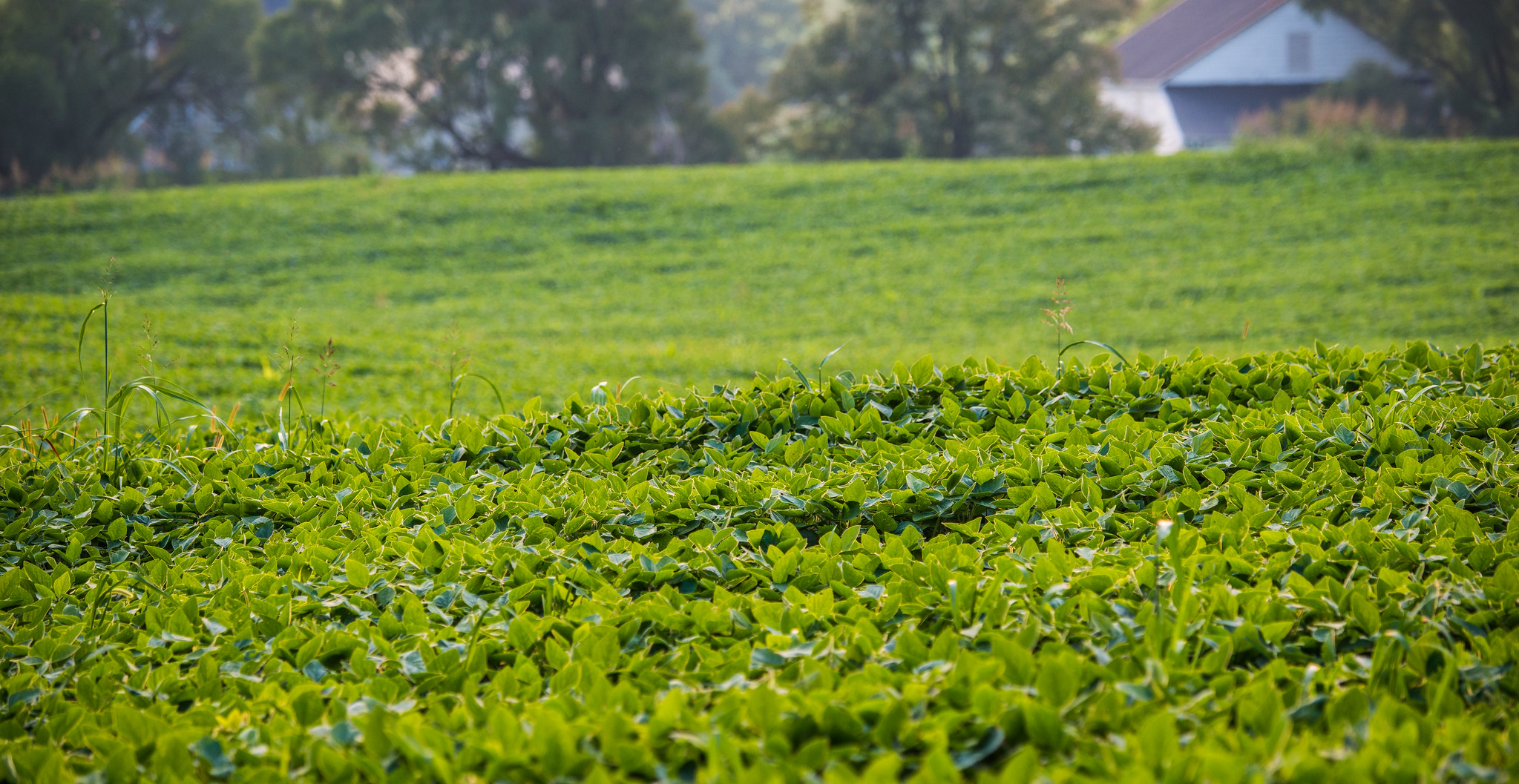
Minnehaha Soybean Cropping Systems Tour Set for Sept. 8
August 16, 2021
The South Dakota Soybean Research and Promotion Council along with South Dakota State University Extension will be hosting a cropping systems tour in Minnehaha county on Sept. 8.
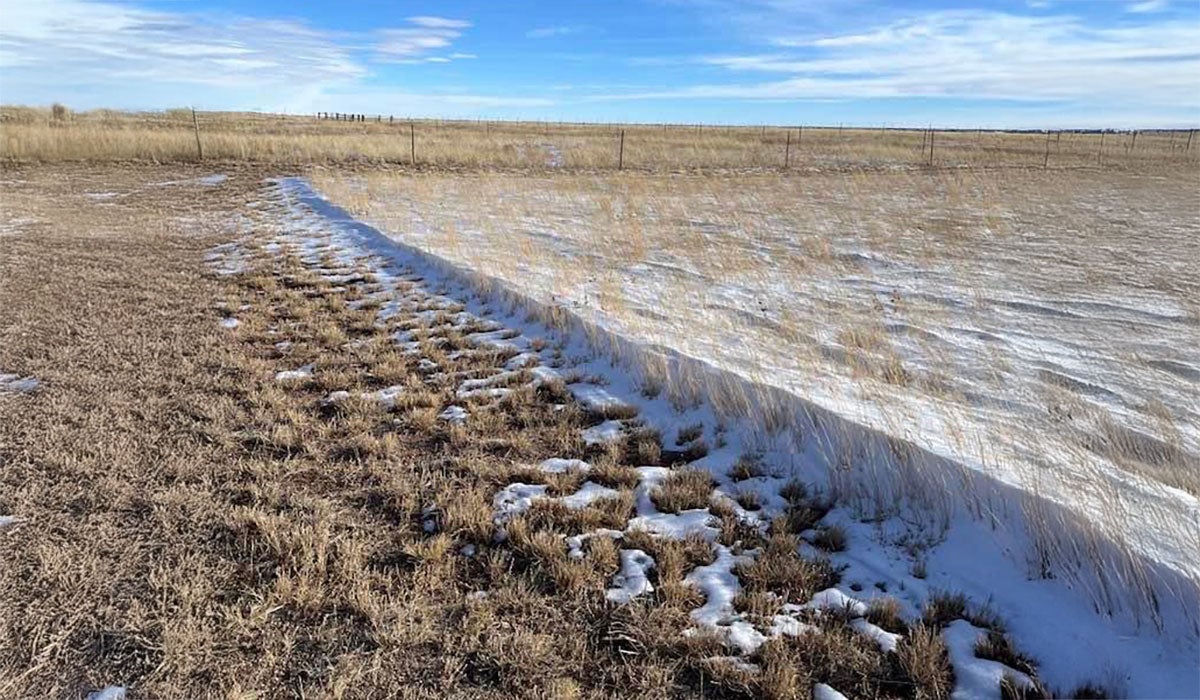
Winter Pasture Report: What’s your plan for spring?
Widespread drought conditions persist across the upper Great Plains into the beginning of 2025. During drought conditions, it is extremely important for producers to regularly assess precipitation and forage resources so they can manage livestock accordingly.
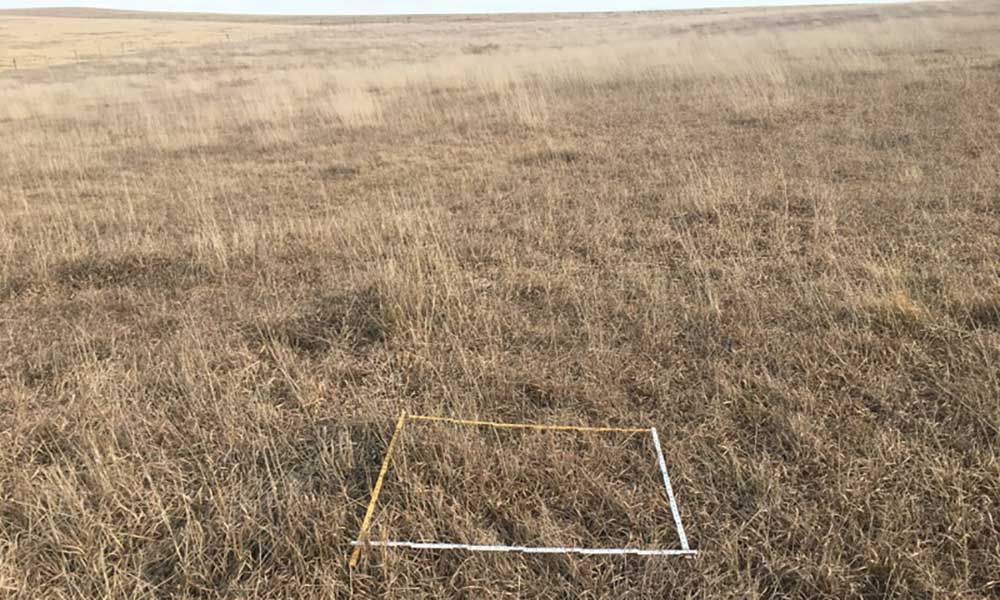
Getting Ready for Winter on the Range
During periods of summer and fall drought, winter grazing opportunities may be limited or not available at all. Ranch managers must ensure that enough residual plant height and vegetation cover of the soil surface is available through the winter to aid in recovery of the rangeland.

Health Insurance and the Marketplace
The Marketplace is a service operated by the U.S. Department of Health and Human Services where you can shop and enroll for health insurance. Learn what's covered in marketplace plans, how to enroll, and where you can get help.
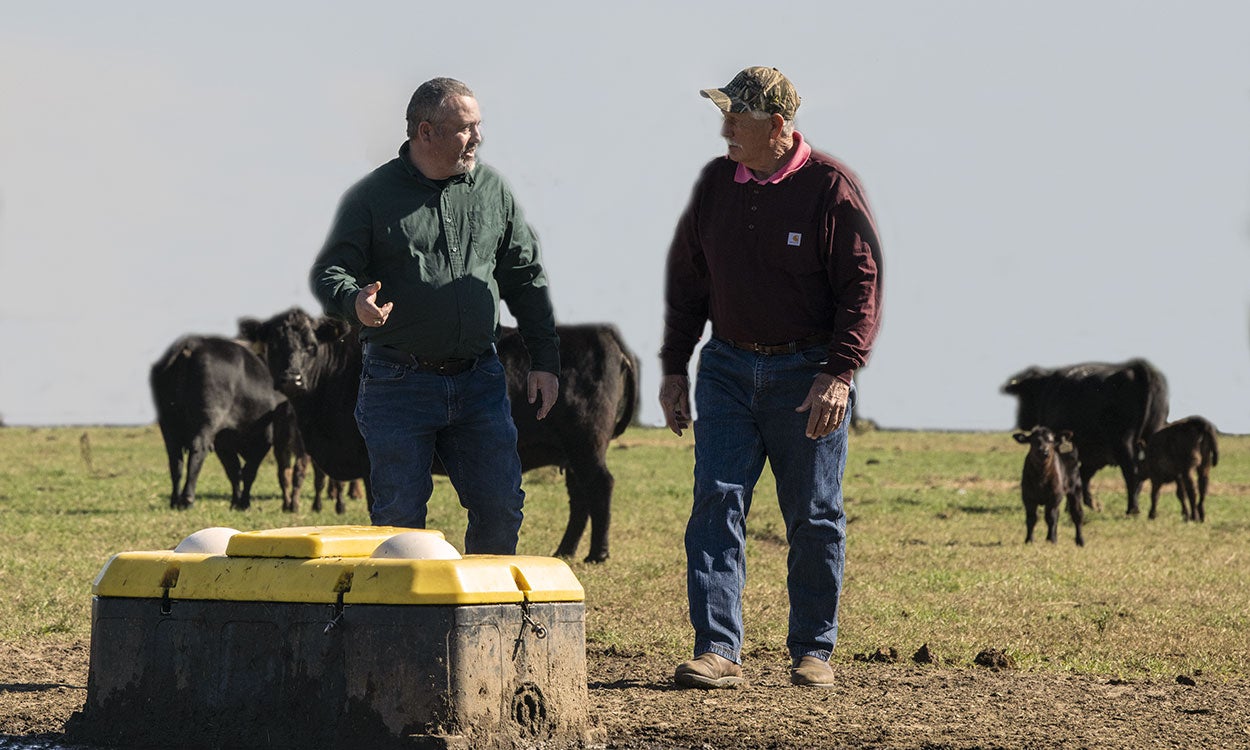
Water Monitoring Systems for Livestock
Depending on animal locations, checking water tanks can require hours of labor and significant fuel costs for remote pastures. Water monitoring systems offer producers a convenient way to check the status of the water sources remotely.
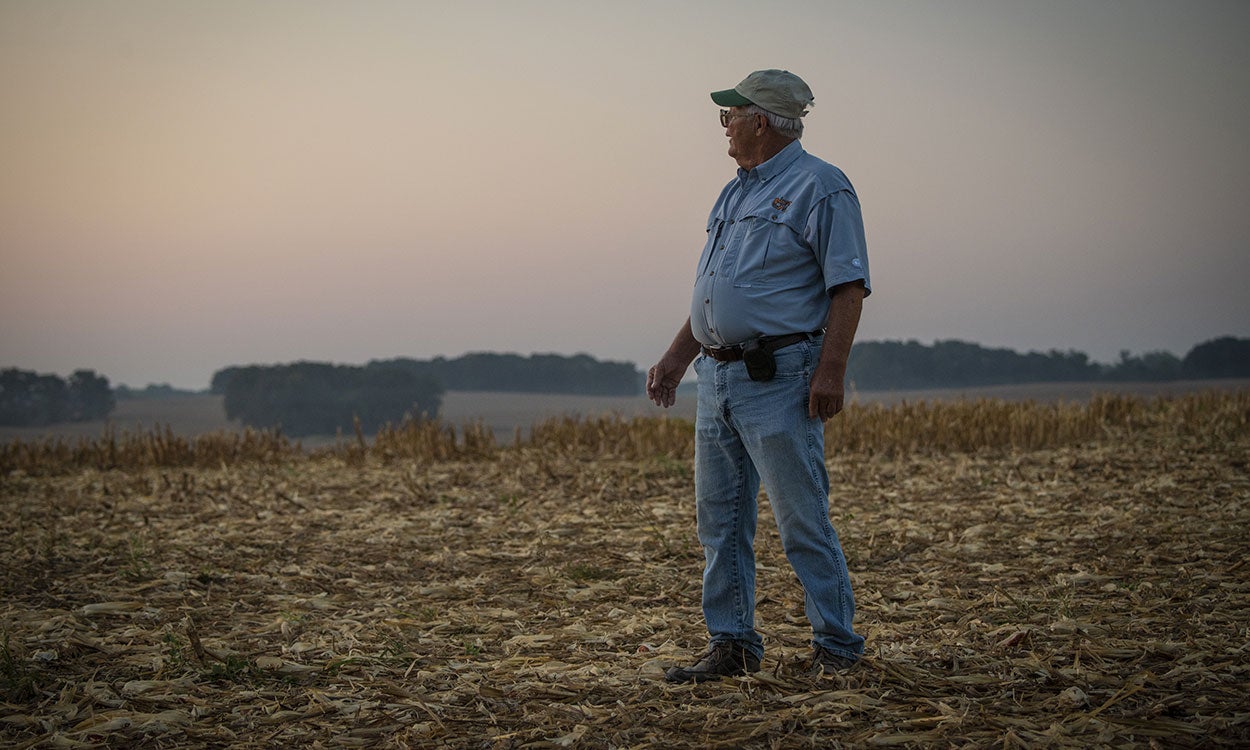
Farming Practice Comparisons in South Dakota: A case study across the fence and implications for the future
This extension study intends to provide some new insights on the financial and carbon storage comparisons between neighboring farms using conventional farming versus conservation practices (mainly no-till and cover crops).
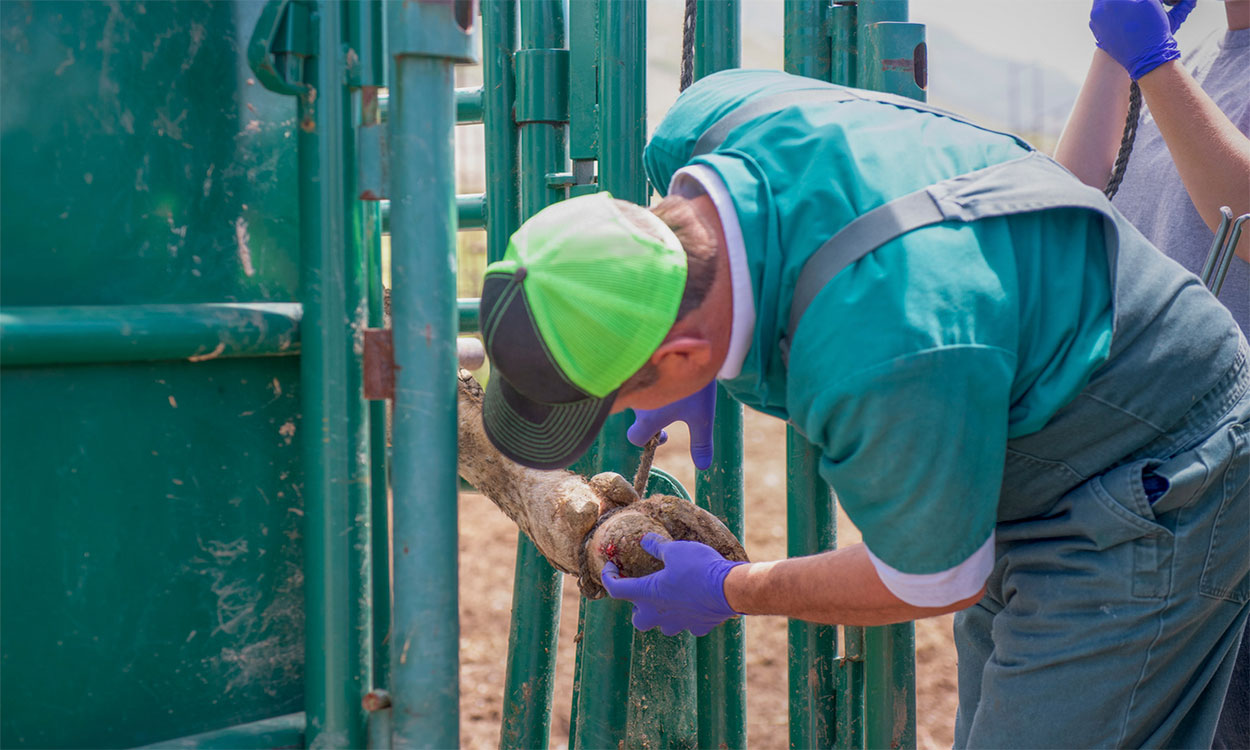
Getting to the Bottom of Cattle Lameness Cases: Diagnosis
Making the right decisions about how to deal with a lame animal depends on how accurately the cause of the lameness can be diagnosed and localized.
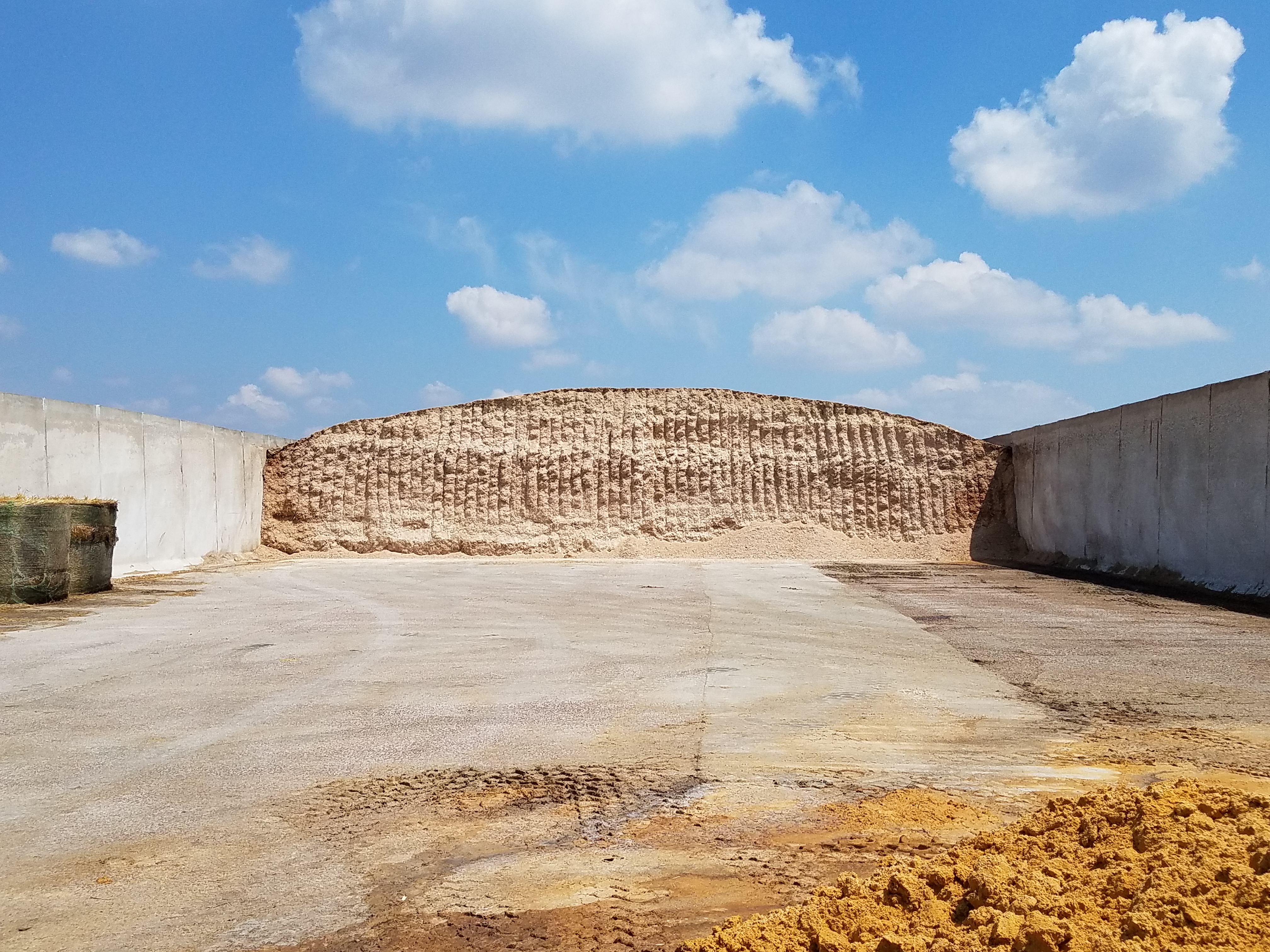
Harvesting High-Moisture Corn and Earlage
Producers who raise both corn and cattle have the option of harvesting some or all of their corn acres as a high-moisture grain crop to be marketed through cattle. There are several advantages to harvesting corn earlier at a high-moisture content.
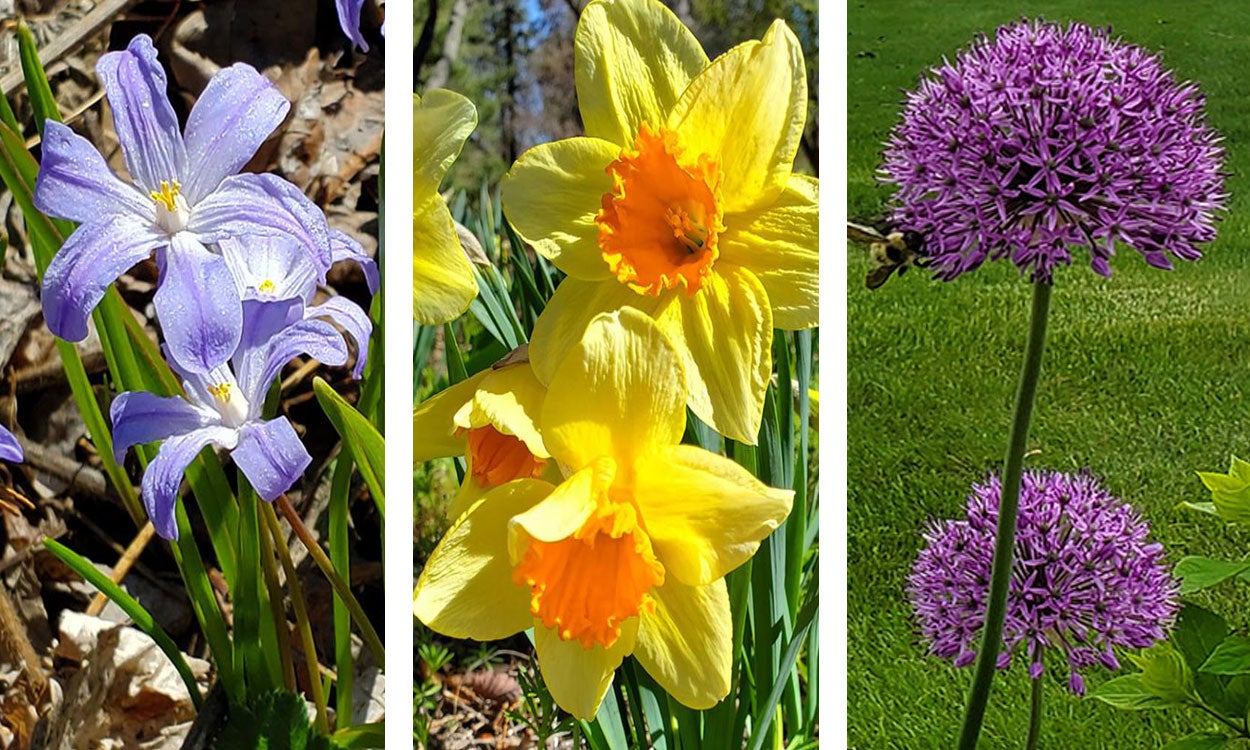
SDSU Extension launching 2023 Garden Hour webinars in May
April 26, 2023
SDSU Extension’s 2023 weekly Garden Hour series will debut May 2.